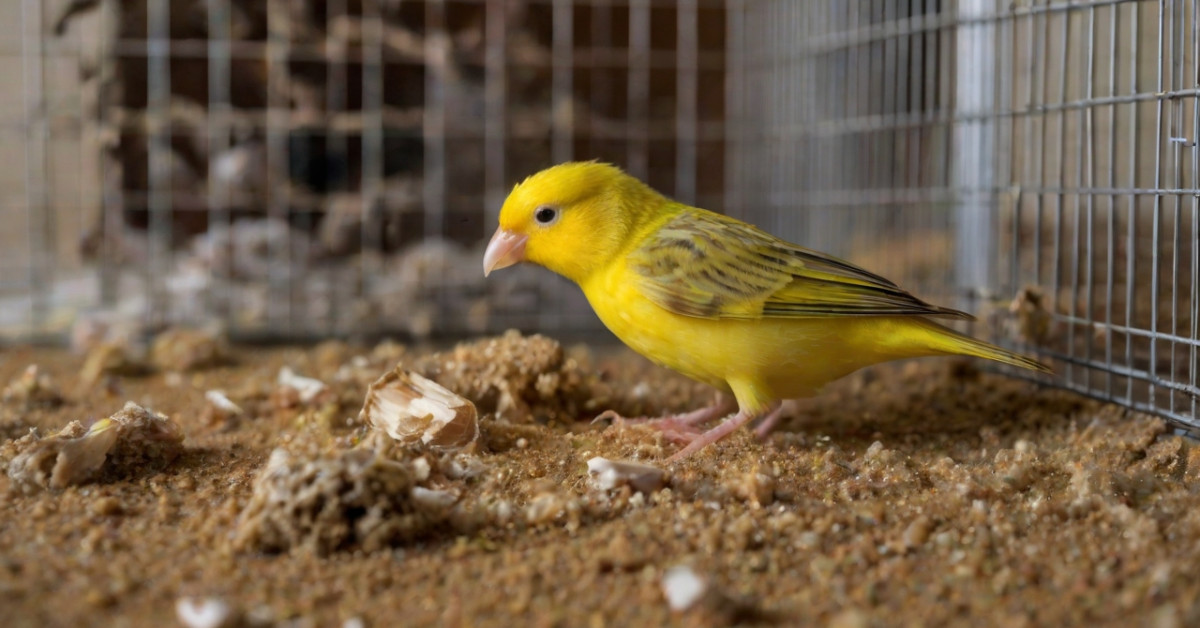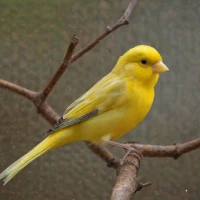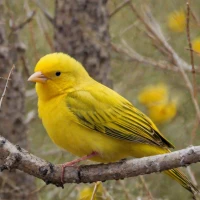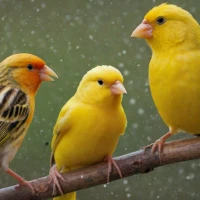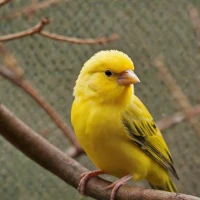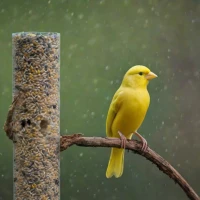Molting in Domestic Canaries: What Every Bird Owner Should Know
I remember the first time my canary, Sunny, started molting. Feathers were everywhere, I thought for sure something was wrong. My friend Jane, who’d had canaries for years, reassured me it was completely natural. We sat in my kitchen, sipping tea, and she shared her wisdom on the subject. Molting in canaries is a fascinating process—one every canary owner should understand deeply. Here’s everything I’ve learned over the years.
Understanding the Molting Process
Molting is simply the natural process where canaries (and other birds) shed old feathers to make way for new ones. Typically, this happens once a year, usually in the summer. The shedding is gradual so the bird can still fly. Jane always used to say, “Feathers are like our hair—they need to be replaced to stay healthy and functional.”
Signs Your Canary Is Molting
There are distinct signs that indicate your canary is molting:
- Feather Loss: You’ll notice feathers around the cage. This is normal.
- Change in Behavior: Your canary might seem less active or vocal.
- Increased Preening: Birds often preen more to help remove old feathers.
During Sunny’s first molting period, I also saw him scratching a lot. This made me worried, but it’s just another sign of molting. The skin can get a bit itchy when new feathers are coming in.
How to Support Your Molting Canary
Supporting your canary during molting is crucial. Here are some tips:
- Diet: Molting demands extra nutrients. Ensure your canary has a balanced diet rich in proteins and vitamins. Consider supplements designed for molting birds.
- Bathing: Provide frequent baths. Feathers grow better and more comfortably if kept damp.
- Environment: Maintain a stress-free environment. Avoid sudden changes that can stress the bird.
I found that adding hard-boiled egg yolk and some greens made a huge difference for Sunny. A well-balanced diet can boost feather growth incredibly!
Common Challenges During Molting
Molting can bring about some challenges too. Your bird might seem more subdued, and that’s okay. If you find your canary completely lethargic or with bald patches, consult a vet—you don’t wanna guess when it comes to health!
One quirky thing Sunny did was drop feathers while flying, leaving a trail behind him. At first, it looked like a mini-feather storm in my living room! But this is just part of the process.
Myths and Misconceptions About Molting
There’s quite a bit of misinformation floating around about molting. One myth is that molting doesn’t affect a canary’s singing. Not true! Your canary might sing less or stop altogether during this period. Another is that molting can be ignored; proper care is essential.
Historical Context of Molting
Did you know that ancient Greeks were among the first to observe molting patterns in birds? They were fascinated by the natural cycles of animals, much like we are today.
Random Fact
Here’s a random tidbit: canaries were initially bred for their melodic songs in the 17th century. Over time, breeders paid more attention to their colors too. Fun fact, right?
Personal Reflection
Finally, understanding molting has made me a better canary owner. Being attentive and providing the right care ensures your feathered friend remains happy and healthy. Thanks for diving into this molting journey with me! 🎶 Keep your canaries chirping happily!
Catch ya later! 🐦✨
